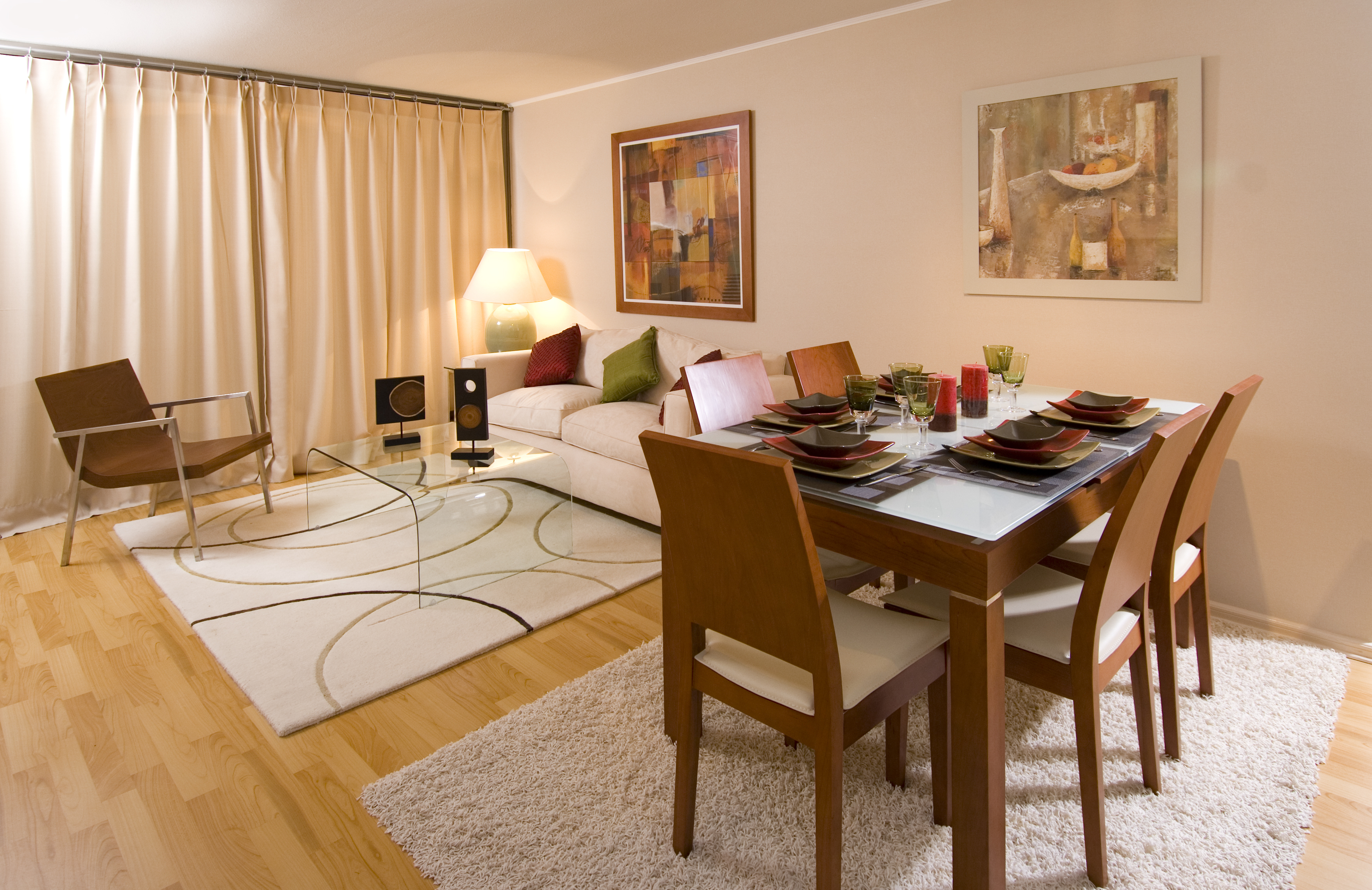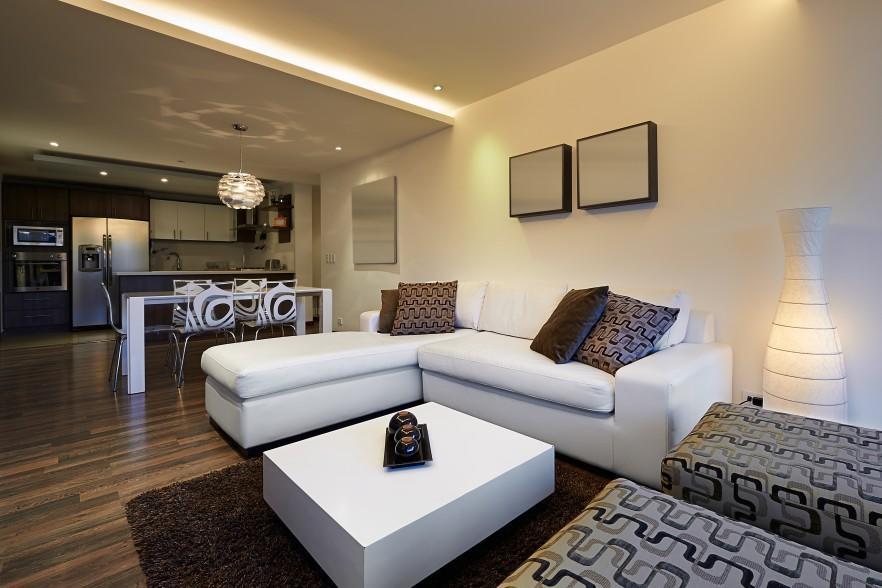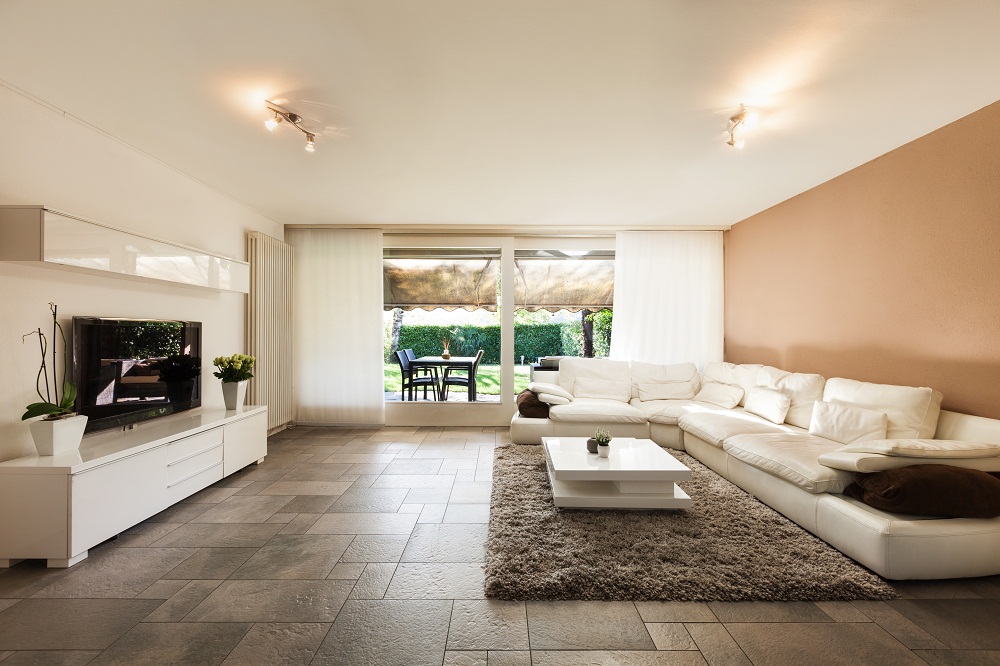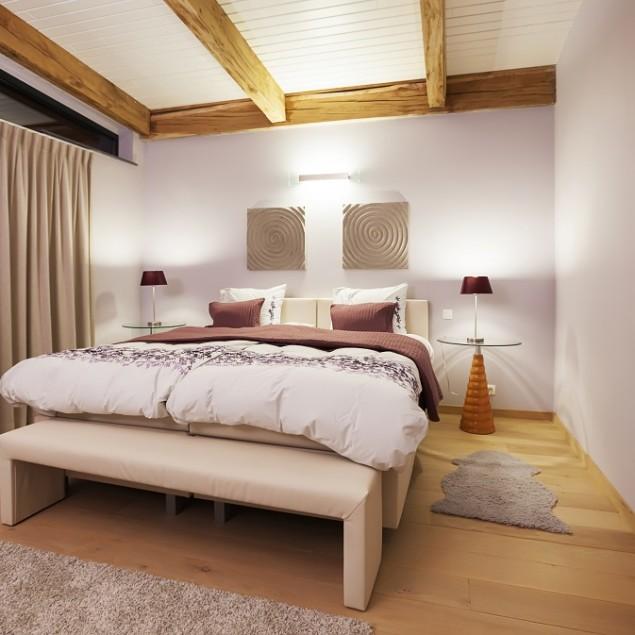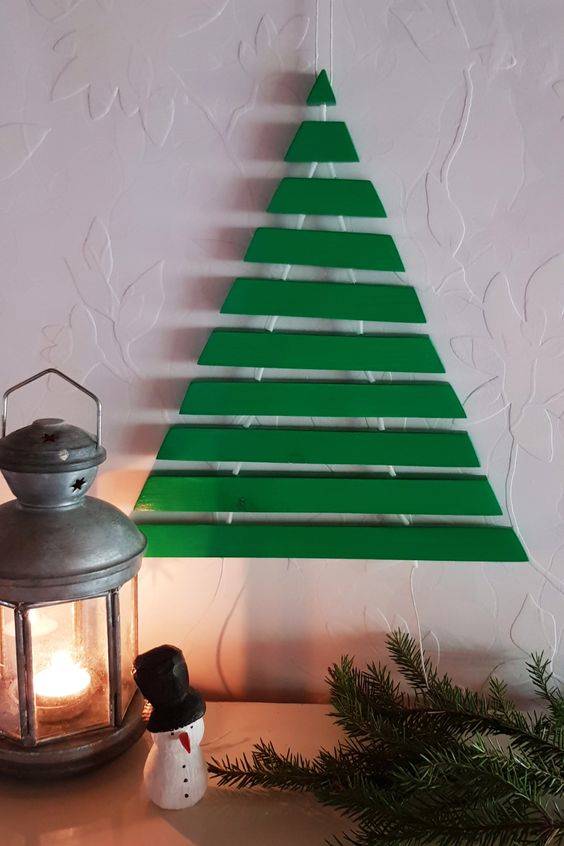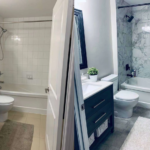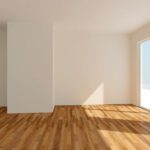Geometrics and Interior Design
Geometry may have bored most of us during our school years, but when it is integrated with interior design it becomes a far more compelling concept. It is in part what brings us the classic boutique look via clean shapes and angular lines. Are you looking to add a geometric touch to your home? Then read on.
Symmetry
Geometrics and symmetry have a long-standing partnership, which is definitely something DIY interior designers should have an eye on. When it comes to planning the layout of a room, utilising geometric shapes can help you get a clean and clear look
and symmetrical scheme. Do this by dividing the room up into triangle, rectangle and square visual sectors. This method of design has become a popular element in the work of many interior designers and it isn’t difficult to see why. It isn’t a tough philosophy to follow and allows simple elements of a room to become truly defining.
Room Design
A key and often-understated part of getting a geometric look is the furniture arrangement you opt for. In many cases, it pays to be ruthlessly meticulous when it comes to this. Sofas should be centred on an existing feature in the room, such as a window or fireplace. They should face each other, while armchairs and small chairs should be placed at a 45-degree angle to such. Build around this setup with supplemental pieces of furniture, including shelves, artwork and general storage. Always make sure they maintain symmetry with the large pieces of furniture in the room.
Play it Soft
Geometrics can often create a ridged looking design, so you will need to look towards softer elements in order to lighten the appearance of a room. Be tactical with fabrics by introducing the likes of velvet, sheepskin and velvet into the room, but be sure not to overdo it. Throws can also be used should you feel the room needs a kick of warmth, fold them onto a footstool or sofa when not in use to prevent them from overpowering the room. Always avoid flounces and frills in such cases, as it will simply clutter the modern and sleek look you are going for.
Maintain Balance
When trying to create a geometric design, balance within the room will always be of the utmost importance. This is especially true in the bathroom, as furniture such as vanity units and basins need to be managed carefully. For example, should you choose vanity units that vary in size then the room wouldn’t have the balance needed to be geometrically appealing. Use the mirror shapes in the room, along with the light fittings, to help maintain a geometric design and counteract the rooms other misgivings.
Geometric Patterns
Room layout may be the most common way to introduce geometric designs into your home, but it isn’t the only way. If you can’t or don’t wish to move your furniture, then try incorporating shapes in the form of squares, circles, hexagons, diamonds and zigzags via other means. Take a look at wallpaper, cushions and general upholstery in your room and try and reinvigorating them with bolder patterns. However, it should be noted that you go overboard with this, subtly is the key. For example, introducing these designs on feature wall will appeal more than plastering designs on every wall.
Making a Statement
Geometrically influenced designs allow you to make a strong influence in your home. Next time renovation and decoration is on your mind, why not adopt a scientific approach? It may just give your home the contemporary update you’ve been longing for.
